Nazi bases, mafia hideouts & prisons: Europe’s weirdest makeshift refugee shelters

Two years after the European refugee crisis began, the continent is still struggling to accommodate asylum-seekers, and many countries have resorted to housing new arrivals in offbeat and unlikely shelters.
Germany
Germany, the most sought-after destination for refugees and migrants seeking a better life in Europe, was among many nations forced to think outside the box when floods of mostly Syrian refugees arrived within its borders.
A World War II airport, once dubbed the “mother of all airports” by British architect Normal Foster, makes the list of Europe’s weirdest shelters.
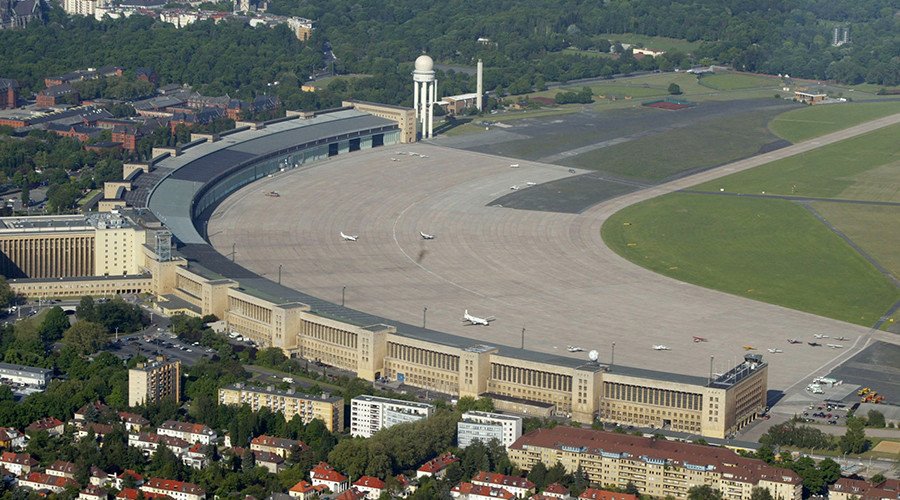
Located in Berlin, built in 1927 and extensively developed by the Nazis in the 1930s, Tempelhof Airport’s main building was one of the largest structures in Europe in its heyday. Since then, its facilities have been used for more than just hosting aircraft. It has also housed war prisoners and been the set of movie blockbusters like ‘The Bourne Supremacy’ and ‘The Hunger Games.’
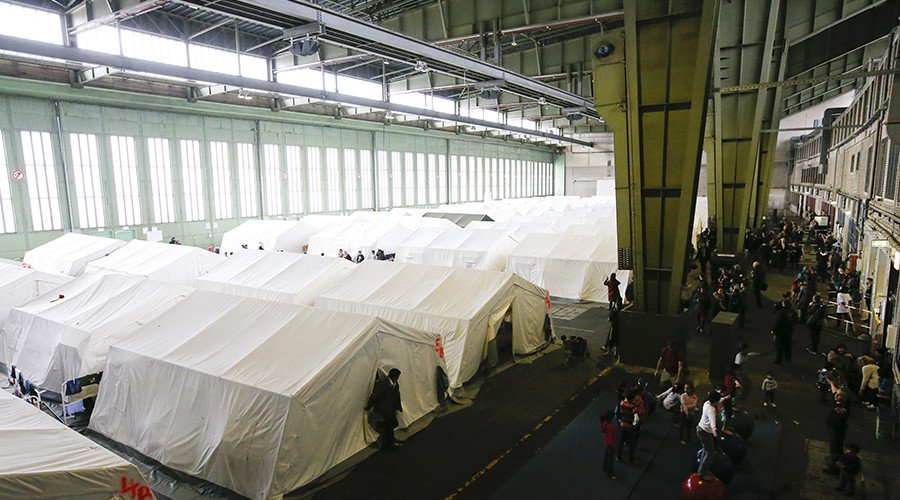
However, it has now traded in its Hollywood role for a more humanitarian one, serving as a temporary home for refugees who live in cubicle-like structures on the premises.
Despite having a capacity for 7,000 refugees, approximately 600 are currently housed there. A total of 3,000 people previously called the shelter home, most of whom were from Iraq and Syria. However, many have been relocated or returned home.
On the other side of the country sits Bayern-Kaserne, a former German military facility in the Bavarian city of Munich, which was used by the Nazis during World War II.
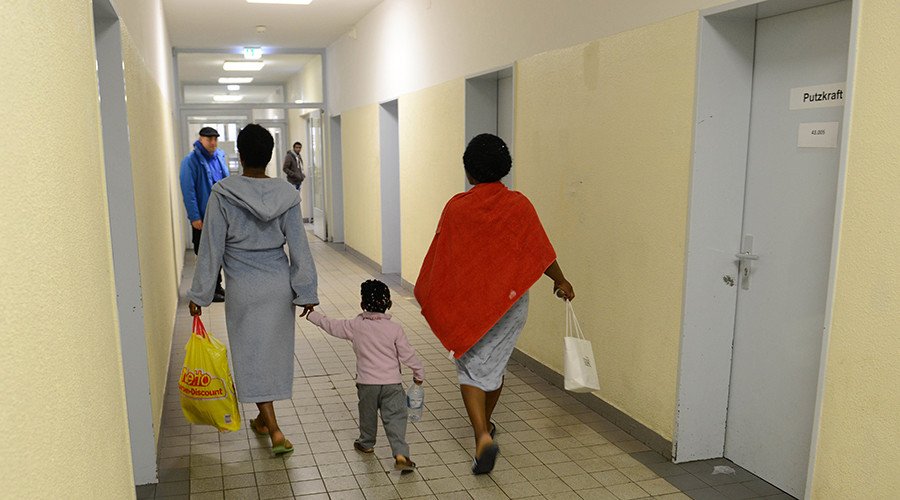
It was later used by US forces from 1945 to 1969, before ultimately being turned over to the German government.
Now, decades after it served as a facility for Adolf Hitler’s cronies, it has become a shelter for refugees seeking a new start in Germany.
Unlike the half-empty Tempelhof Airport, this shelter previously made headlines for becoming massively overcrowded with double the number of refugees it was capable of safely housing.
However, it is not just German bases that the country has put into use. Barracks at a former British base in the town of Herford were also turned into refugee housing following a deal between the city and federal government.
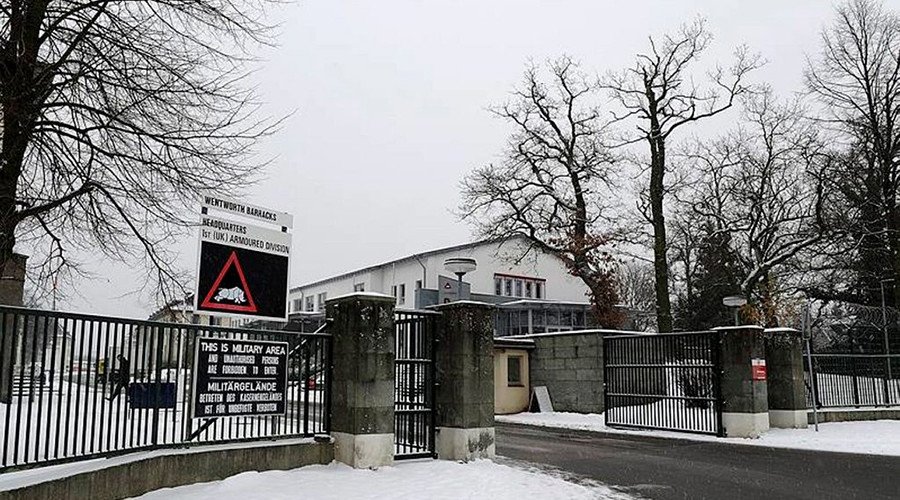
The new arrivals moved in after the Brits officially handed over the keys in 2015.
The former base has since made headlines after it was reported in June that a 10-year-old girl was raped at the site by an asylum-seeker.
READ MORE: Germany under ‘great illusion’ it can deport failed asylum seekers – senior official
Moving away from military bases, another unusual place used to hold asylum-seekers is an office building in the Lichtenberg district of Berlin, once the headquarters of the infamous Stasi, the East German secret police.
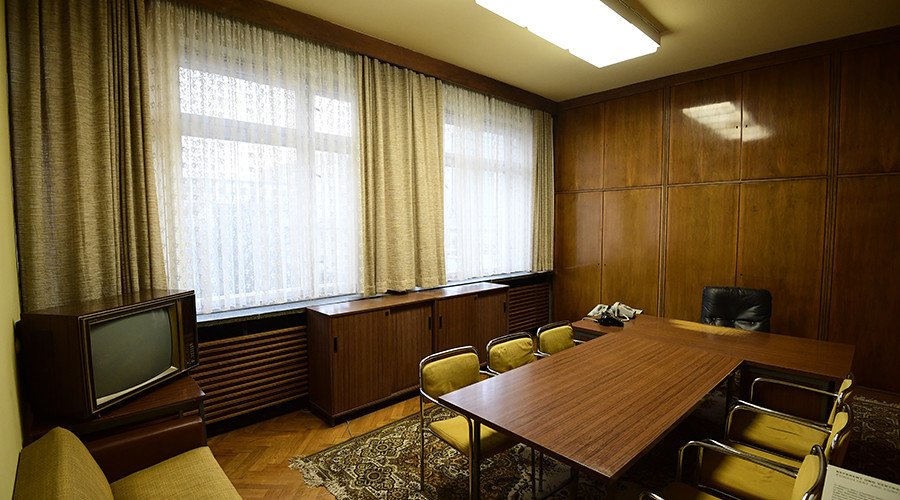
About 7,000 employees worked in the building under the supervision of Markus Wolf, dubbed “the man without a face,” as Western intelligence famously had no photo of him. When the Berlin Wall came down in 1989, it was stormed by protesters who wanted to prevent its staff from destroying secret documents, while in the 1990s it was used by Deutsche Bahn, the national rail company.
It now offers temporary housing for hundreds of families from Iraq, Syria, and Afghanistan, with each office room housing up to six people.
The Netherlands
A decade ago, the Netherlands had one of the highest imprisonment rates in Europe. Now it has one of the lowest as it has toned down its war on drugs and switched its priorities to fighting terrorism, while focusing on the rehabilitation of offenders. This has left it with dozens of empty jailhouses. Some have been sub-contracted to deal with prisoners from Norway and Belgium, while others have been turned into shelters for asylum-seekers.
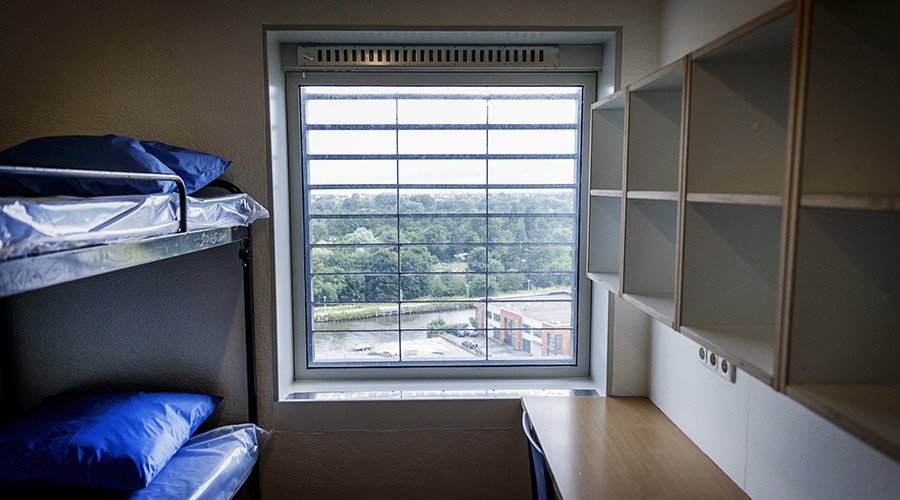
With only 60,000 applications for asylum at the height of the crisis in 2015, compared to other countries such as Sweden and Germany, the number of refugees entering the Netherlands has been relatively small. For that reason, and because of the extra prison space, the Netherlands seemed to struggle less with finding accommodation for asylum-seekers.
READ MORE: Dutch broadcaster apologizes for calling Syrian boy’s drowning in pool 'annoying'
Around 600 people from Syria, Afghanistan, Iraq, and Eritrea currently occupy four of the six towers in the Bijlmerbajes prison complex in the southeast of Amsterdam. Unlike regular inmates, they are free to come and go from their cells and decorate them as they please, while taking part in activities to help them integrate into society if their application is approved. Aside from Bijlmerbajes, at least 12 other jails have been turned into temporary shelter for asylum-seekers, which has the added bonus of keeping prison staff employed.
Italy
Due to its position on the Mediterranean Sea and proximity to North Africa, Italy is on the frontline for new arrivals seeking asylum in the European Union.
Once they arrive, some are taken to properties that once belonged to convicted mobsters, but have since been seized by the Italian government.
READ MORE: 18yo Italian woman says she was refused job 'for being engaged to African man'
One such place is a property known as ‘the Fortress’ in the town of Lecco, 50 kilometers north of Milan. It was confiscated from ‘Ndrangheta boss Coco Trovato and used to house 20 young men from Africa.
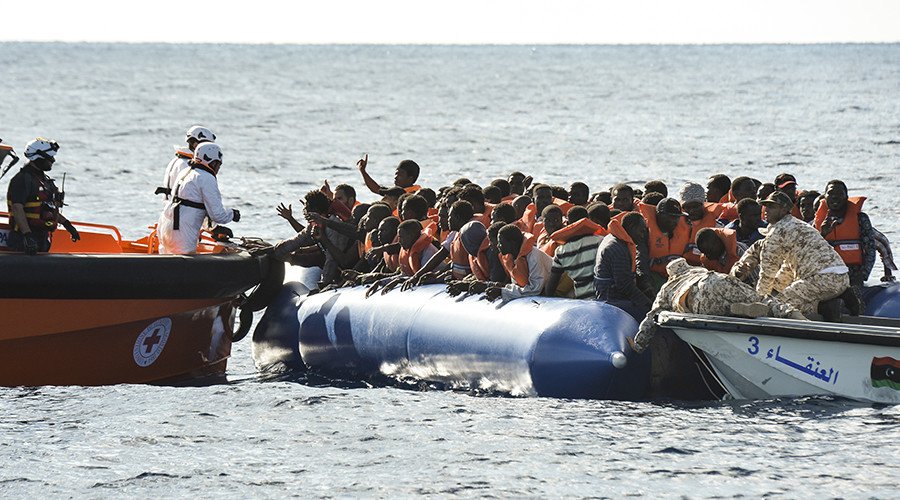
Further south in Calabria, the NGO Luna Rossa has housed dozens of unaccompanied minors in yet another crime lord’s mansion, mostly teenagers from sub-Saharan Africa.
The center has faced mafia intimidation, including shots fired at the windows and a bomb thrown at the door over the Christmas of 2011, as well as opposition from a few local residents, one of whom claimed a refugee boy tried to rape him.
READ MORE: 3 NGOs suspend migrant rescues over ‘threats’ from Libya
The claim was dismissed by police, but nevertheless, a small crowd of people assembled outside the building and started shouting anti-immigrant slogans.
It is perhaps unsurprising that Europe has ended up with an array of weird and wacky refugee shelters, as the continent was on the receiving end of the worst refugee crisis since World War II in 2015, when more than one million asylum-seekers arrived.
Most of the refugees were from Syria, where a brutal civil war has so far claimed the lives of more than 320,000 since March 2011, according to UN estimates.
But simply arriving in Europe does not guarantee a dry place to sleep. Some have been forced to set up their own makeshift accommodation, largely due to overcrowding at shelters.
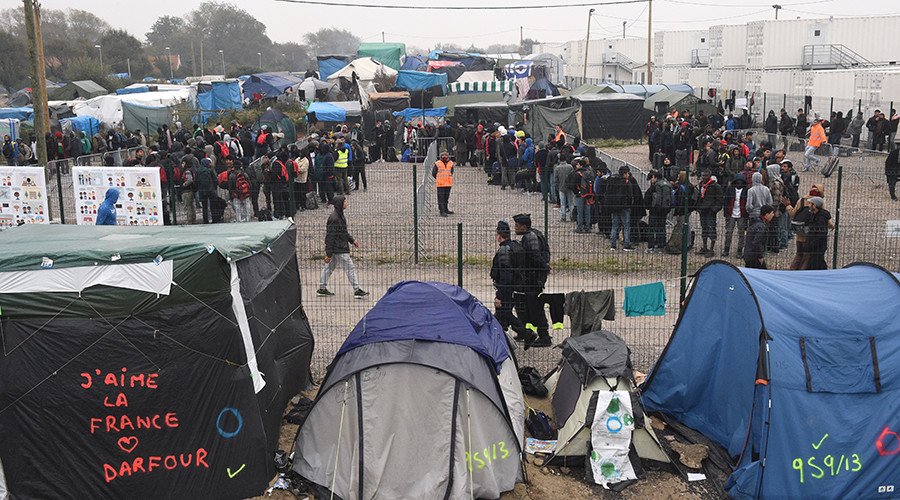
Migrants in the notorious ‘Jungle’ camp in Calais, France were left with no place to go after the camp was dismantled in October 2016. While some were transferred to shelters across the country, others were left to sleep rough in the streets.
Many of those who were relocated to other cities eventually returned to Calais, sleeping on the streets, at the train station, or at so-called ‘secret camps,’ according to The Independent. The migrants in Calais hope to eventually reach the United Kingdom.
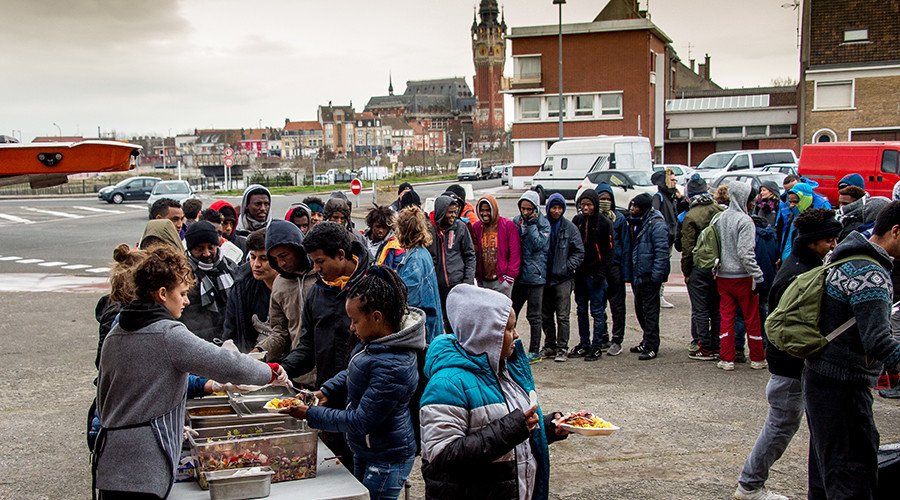
Police were less keen to accept the return of migrants, with Human Rights Watch (HRW) reporting in July that French authorities “routinely” pepper spray asylum-seekers in Calais, even while they sleep. It also said that officers spray migrants’ food and deploy batons against minors.
READ MORE: French police ‘routinely’ pepper spray innocent migrants, incl. children, in Calais - HRW
Meanwhile, many of those who were uprooted following the Jungle camp closure found their way to the French capital, erecting makeshift camps. A total of 30 such camps were cleared in Paris between June 2015 and November 2016.
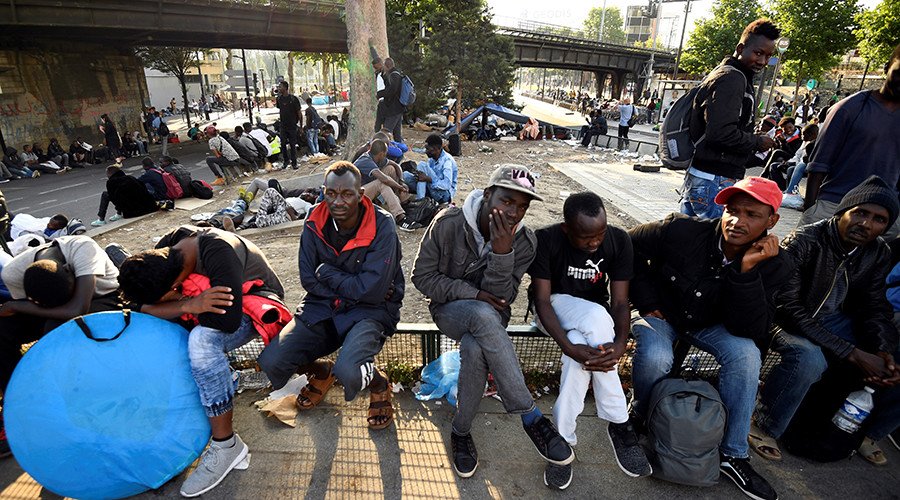
However, it was not just the migrant camps which were targeted in Paris. A report from Doctors Without Borders (MSF) stated that police had been abusing migrants on the streets, stealing their blankets in sub-zero temperatures.
READ MORE: Police stealing migrants’ blankets in below-freezing Paris – MSF












